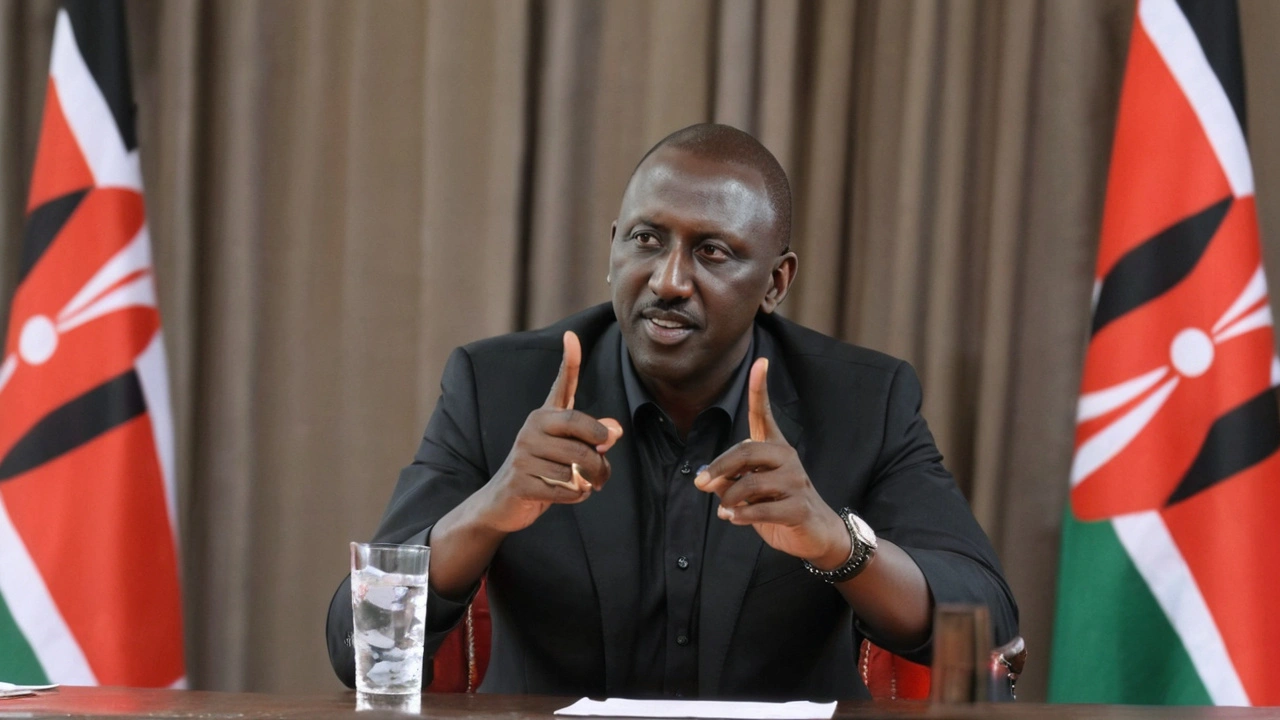Demonstrations: What's Happening and Why It Matters
Demonstrations are more than just crowds in the streets; they signal voices demanding change. Around the world, people take to public spaces to express their views on political, social, or economic issues. Whether it’s a call for justice, better wages, or policy shifts, understanding demonstrations helps us grasp the bigger picture behind the headlines.
Why Do Demonstrations Happen?
At their core, demonstrations are a way for ordinary people to be heard when other channels feel closed or slow. It might start with a single event—like new laws, government decisions, or social injustices—that sparks public outrage. These gatherings can push for anything from local community improvements to nationwide reforms. They also highlight how people organize quickly using social media, making the impact more visible and immediate.
What Should You Watch For?
When a demonstration gains traction, it's useful to look beyond the surface. The messages people carry, how authorities respond, and the media coverage all shape the outcome and public opinion. Sometimes, protests bring about real change; other times, they reveal deeper issues needing more attention. Being aware of who is involved and what their goals are can give you a clearer view of the event’s significance.
At Caring Updates Today, we track important demonstrations so you don't miss the stories that matter. From local rallies to global movements, our coverage dives into the reasons behind the scenes and what they mean for communities everywhere.
Next time you hear about a demonstration, ask yourself—what’s driving the people? What changes are they pushing for? Understanding these questions helps turn news into knowledge you can use.

President Ruto Appeals for Calm Ahead of Nane Nane Celebrations, Cautions Against Violence
President William Ruto has called on Kenyans to shun planned demonstrations and maintain peace, especially during the upcoming Nane Nane celebrations. He warned against any form of violence while emphasizing the economic impacts of unrest. Ruto stressed the government's commitment to citizen rights and public safety, urging vigilance and unity amidst ongoing political tensions.